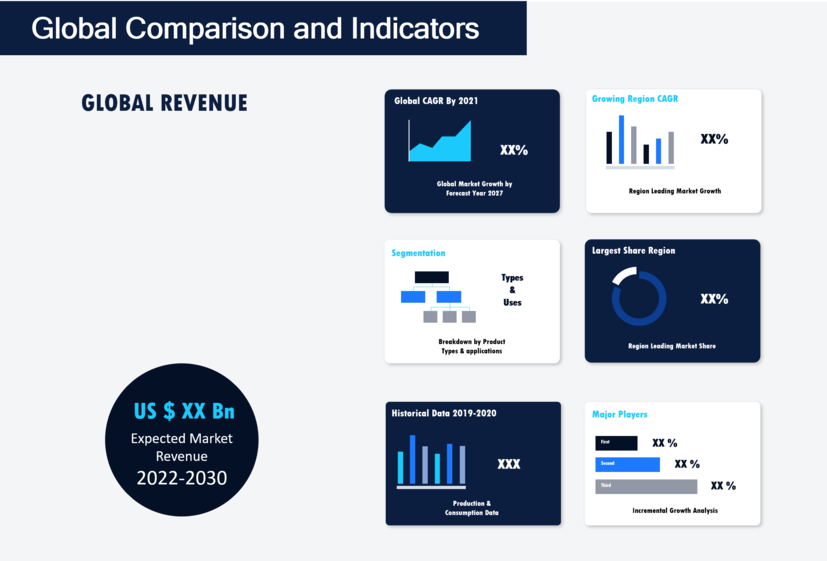

In this chapter, we explain and differentiate between mediation and moderation, as well as illustrate their implementation Terms of their theoretical foundation, modeling, and interpretation. There are fundamental differences, however, in Mediation and moderation are similar in that they describe situations in which the relationship between two constructs depends on a third variable. Therefore, moderation can (and should) be seen as a means to better understand and account for heterogeneity in the data. For example, the strength of the relationship between customer satisfaction and customer loyalty may be substantially stronger for older customers than for As an example, the direct relationship between the customer satisfaction and customer loyalty constructs is not the same for all customers but differs depending on moderators such as In other words, the relationship between two constructs changes depending on the value of the moderator Relationship between two constructs depends on a third variable (i.e., the moderator). When moderation is present, the strength or even the direction of a The other example of a third variable potentially changing a direct relationship in a structural model is moderation.

The path model can also include several mediator constructs. In the simplest form, the analysis considers only one mediator construct, but Mechanisms that underlie the cause–effect relationship between an exogenous construct and an endogenous construct. Analyzing the strength of the mediator construct’s relationships with the other constructs enables researchers to substantiate the More precisely, a change in the exogenous construct results in a change of the mediatorĬonstruct, which, in turn, changes the endogenous construct. Mediation occurs when a mediator construct intervenes between two other directly related constructs. The two most prominentĮxamples of such extensions include mediation and moderation. Specifically, a third variable in the analysis can change our understanding of the nature of the direct relationships under consideration. Structural model relationships in PLS-SEM imply that exogenous constructs directly affect endogenous constructs without any systematic influences of other variables.


 0 kommentar(er)
0 kommentar(er)
